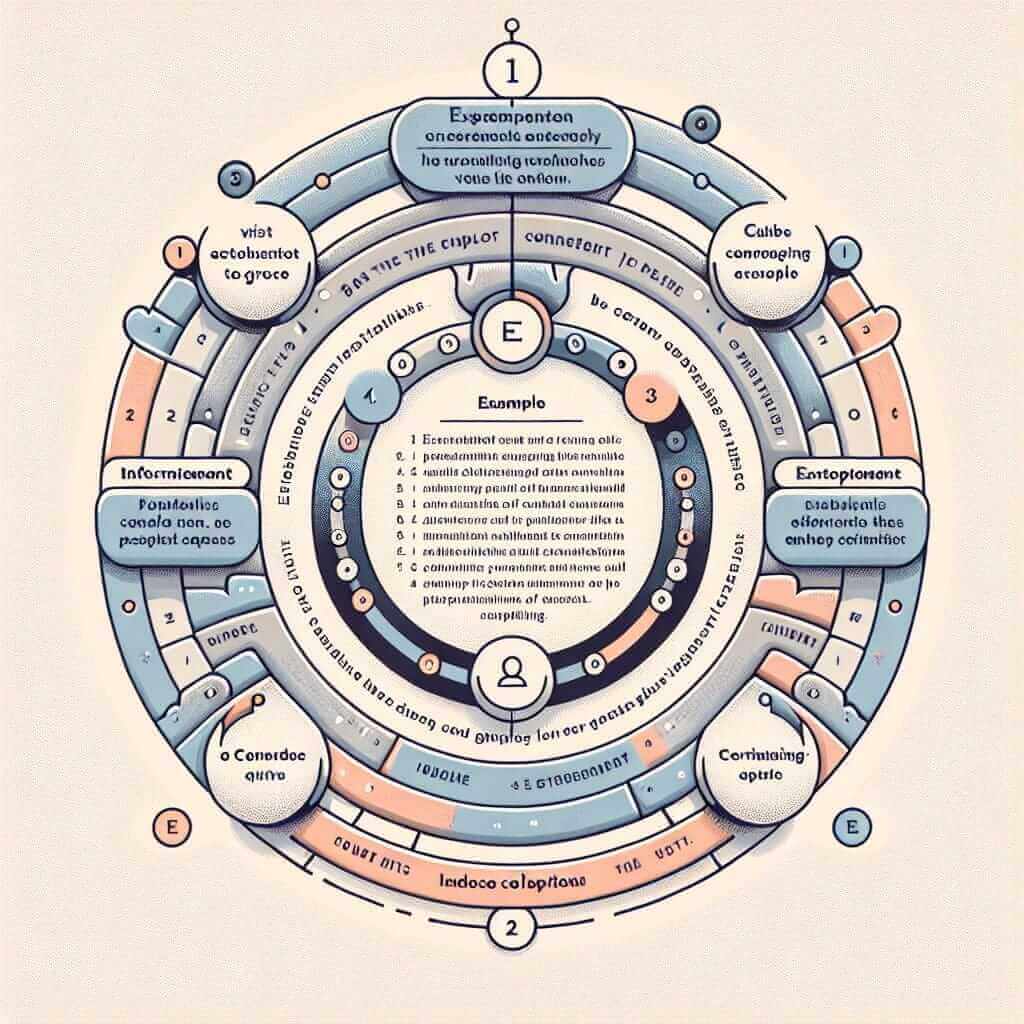As an IELTS instructor with over two decades of experience, I’ve guided countless students toward success in the IELTS Reading section. This comprehensive guide delves into effective strategies and teaching methods to equip both educators and students with the tools they need to excel.
Table Of Contents
Understanding the IELTS Reading Test
The IELTS Reading test assesses a candidate’s ability to understand complex written English. It comprises three passages of increasing difficulty, sourced from books, magazines, journals, and newspapers. Students are presented with 40 questions, testing a range of reading skills, including:
- Identifying main ideas and supporting details
- Understanding the writer’s purpose and tone
- Recognizing inferences and implied meanings
- Skimming and scanning for specific information
- Comprehending text structure and organization
Effective Teaching Strategies for IELTS Reading
1. Build a Strong Foundation
Vocabulary Enhancement:
- Encourage consistent vocabulary building through reading, flashcards, and contextual learning.
- Focus on common IELTS themes such as education, technology, and the environment.
- Teach effective techniques for deciphering unfamiliar words using context clues.
Grammar Awareness:
- Review grammatical structures frequently tested in IELTS Reading, such as complex sentences, conditionals, and relative clauses.
- Help students recognize how grammar influences meaning and interpretation.
2. Develop Key Reading Skills
Skimming and Scanning:
- Train students to quickly skim a text for the main idea and scan for specific details.
- Practice timed exercises to improve speed and accuracy.
Identifying Main Ideas and Supporting Details:
- Teach students to differentiate between main ideas and supporting details.
- Use outlining and summarizing techniques to reinforce comprehension.
Understanding Text Structure:
- Introduce common text structures such as cause-and-effect, comparison-contrast, and problem-solution.
- Help students recognize signal words and phrases that indicate these structures.
Making Inferences:
- Guide students to draw logical conclusions based on the information provided in the text.
- Encourage critical thinking and the ability to read between the lines.
3. Implement Effective Teaching Methods
Active Reading:
- Encourage students to engage actively with the text by highlighting keywords, making annotations, and asking questions.
- Foster discussions to deepen understanding and encourage different perspectives.
Practice with Authentic Materials:
- Utilize past IELTS papers and practice tests to familiarize students with the exam format and question types.
- Supplement with articles and excerpts from reputable sources aligned with IELTS themes.
Regular Feedback and Analysis:
- Provide constructive feedback on students’ performance, focusing on areas for improvement.
- Analyze common errors together to identify patterns and develop strategies for overcoming challenges.
Example from an IELTS Reading Passage
Passage Excerpt: “The discovery of penicillin revolutionized the field of medicine. Prior to its introduction, bacterial infections were often fatal. However, the widespread use of antibiotics has led to the emergence of drug-resistant bacteria, posing a significant threat to global health.”
Question: What is the main idea of this paragraph?
Answer: The paragraph discusses the positive impact of penicillin but also highlights the challenge of antibiotic resistance.
 IELTS Reading Test Example
IELTS Reading Test Example
Tips for IELTS Reading Success
- Manage your time effectively: Allocate time wisely for each passage and question.
- Read the instructions carefully: Understand the requirements of each question type.
- Don’t panic if you encounter unfamiliar words: Use context clues to infer meaning.
- Base your answers solely on the information provided in the text: Avoid relying on prior knowledge.
- Practice regularly: Consistent practice is key to improving your reading skills and building confidence.
Conclusion
Teaching IELTS Reading effectively requires a multifaceted approach that combines vocabulary development, skill-building, and practical strategies. By implementing these methods and providing consistent guidance, educators can empower students to achieve their desired results. Remember, success in IELTS Reading is within reach with dedicated effort and the right approach.



